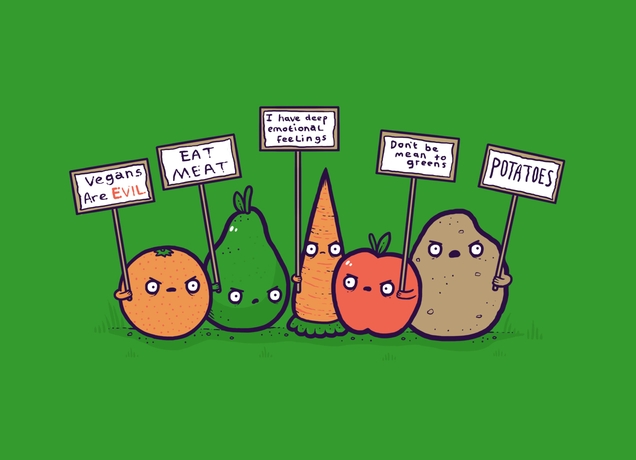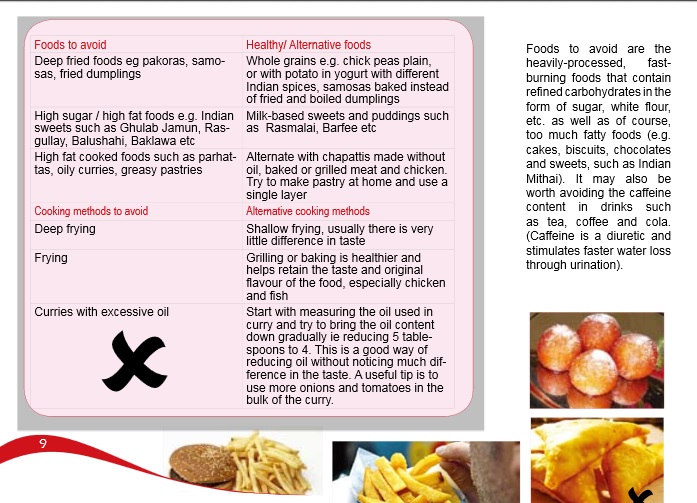By Khairoon Abbas
My second child turns two years old this month and it’s an emotional moment for me. I am filled with pride seeing my toddler grow, hearing his sweet little voice sing his ABCs and call for mama. Yet I am teary-eyed as I realise our two wonderful years of breastfeeding is coming to what feels like an abrupt end. The four years I have spent breastfeeding my two children have allowed me to reflect upon the spiritual significance of breastfeeding, particularly as a Muslim mother. In fact, this journey has brought me closer to Islam. With every passing month of breastfeeding, I, like millions of Muslim mothers around the world, am reminded of how Islam guides and encourages us to give our children the best nourishment in their early years through breastfeeding.
Breastfeeding and Islam
After my first child was born in 2012, I struggled to breastfeed him and I was very close to giving up. In between my son’s piercing cries and my moments of desperation, I turned to Allah in prayer, beseeching guidance. If breastfeeding was a natural act, why was it challenging? I remembered the wise words of my grandmother who lovingly reminded me that it is the child’s entitled right to breastfeed and that I should persevere.
In fact, the Holy Qur’an and various traditions place utmost importance on breastfeeding. It is narrated from the Prophet (PBUH): “Allāh (SWT) has placed the sustenance (rizq) of the child in the two breasts of the mother, in one is his water, and in the other his food.” In the mother’s body, Allah (SWT) has created a remarkable system of feeding a child in the most beneficial way. It is narrated from the Prophet (PBUH) that “For a child, there is no milk better than the milk of the mother” (Mustadrak al-Wasāil, vol. 15, pg. 156).
“Mothers may breastfeed their children two complete years for whoever wishes to complete the nursing [period].” Qur’an 2:233
Breastfeeding not only provides the optimal nutrients for the baby’s growth and development, but it also creates an extraordinary bond between a mother and child. Like Islam, national and international health organizations such as Health Canada and the World Health Organization recognize breastfeeding as the normal and unparalleled method of feeding infants and mothers are advised to breastfeed - exclusively for the first six months, and sustained for up to two years or longer with appropriate complementary feeding. The more I breastfed and read about the benefits of breastfeeding to both mother and child, I realized that breastfeeding goes beyond a religious duty or obligation.
Breastfeeding and the environment
Breastfeeding offers countless environmental benefits. It is both environmentally-friendly and is an invaluable renewable resource. Breastfeeding is also one of the most environmentally sound food sources available no matter where you live in this world, whether you are in a rural Morocco or urban Canada. Firstly, breastfeeding does not waste scarce resources or produce pollution. Secondly, breastmilk is produced by the mother and given to the baby with a zero ecological and carbon footprint. And thirdly, breastfeeding requires no packaging, shipping, transport or disposal and therefore, there is less waste going to landfills.
As a communications professional who spent seven years working as a sustainable lifestyles consultant for the United Nations, I remain continually intrigued by how our daily actions impact the environment. My work involved researching, writing and training young people and educators on how to incorporate sustainable lifestyle choices in their daily lives at a time when the Earth’s resources are being depleted faster than they can be replenished. This work enabled me to recognize humanity’s crucial role in adopting more sustainable ways of living that are in harmony with our communities and nature.
Islam encourages environmental stewardship, particularly given our role as caretakers of the environment. We all have a responsibility to take care of our planet and protect it as much as we possibly can. Science tells us that If we continue the same consumption patterns, by 2030, just 13 years from now, we will need two planet Earths to support all 8.5 billion of us. This is a stark reminder that the time to change and take action for a better, cleaner and greener environment, one that is well within the Earth’s bounds, is now. As individuals, that action begins in our homes, in the food we eat, and the way we feed our children.
Sources:
- · Holy Qur’an: https://quran.com/2/233
- · “From Marriage to Parenthood The Heavenly Path,” by Abbas Merali and Shaheen Merali. Chapter 9: Breastfeeding: https://www.al-islam.org/from-marriage-to-parenthood-heavenly-path-abbas-and-shaheen-merali/chapter-9-breastfeeding#fref_0370a31e_2
- · Health Canada’s Food and Nutrition – Infant Feeding: http://www.hc-sc.gc.ca/fn-an/nutrition/infant-nourisson/index-eng.php
- · Global Footprint Network: World Footprint: http://www.footprintnetwork.org/our-work/ecological-footprint/
Khairoon Abbas holds a bachelor's degree in communications and a master's degree in journalism and has spent many years (2009-2016) working as a consultant with the United Nations Environment Programme. Khairoon currently lives in Richmond Hill, Canada.





















